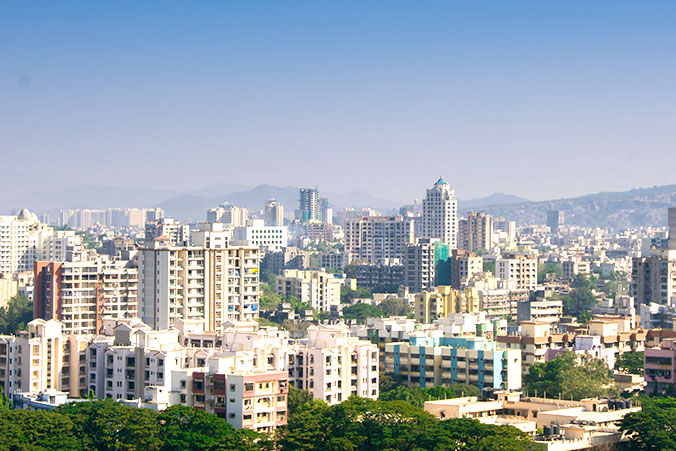Pradhan Mantri Awas Yojana creates unusual demand in the affordable housing segment
The subsidy of INR 2.20 lacs for a house costing 7 lacs is equivalent to 25% discount .
Home loans have seen a sharp surge, as benchmark lending rates have come down significantly.
Xrbia’s innovative” No-income-document-financing-scheme” has received an overwhelming response.
If there is one thing that every single Mumbaikar will agree on, is the housing crisis in Mumbai. There are too few homes, usually costing a lot, often in the wrong places, and often of poor quality. The crisis damages lives, blights employment prospects, reduces mobility and reduces productivity.
The Pradhan MantriAwas Yojana, which offers a subsidy of 2.2 lacs per house, and meant to boost the affordable housing sector has its own budgetary limitations. The INR 5,400 crore allocated in the budget of 2016-17 already appears to be falling short with more than 1.6 lakh houses so far being offered under the scheme. The demand for subsidy in affordable housing, is far greater than the budget allotted.
The INR 2.2 lakh given as subsidy for a typical 250 sq ft house , is equivalent to a 20% discount on the sale price of 7 lacs. This scheme is enabling such products to sell like hot cakes.
This staggering response to the subsidy is leading to inventory shortage. The shortage is further caused as the space has only three organized players namely Xrbia Developers, Tata Value Housing and VBHC that operate on scale. Xrbia Developers, one of the leading player in the affordable housing segment has registered a jump to monthly sales of 2000 units from a normal average of 500 units per month.
The pressure on inventory is further triggered with housing loans becoming cheaper. This is seen as the best time to apply for loans, as half a dozen PSU and Private sector banks have reduced benchmark lending rates after demonetization. Xrbia Developers have further benefitted by an innovative financing scheme that was introduced last month. The ‘No income proof scheme’ is largely appealingto people belonging to informal sector.
The squeeze in inventory, can also be credited to the surge in manufacturing and IT sector in cities like Mumbai and Pune. The highest demand is in areas which are on the suburban transport networks sometimes as far as Dhanu in the west, Shahapur in the Central and Karjat in the Eastern zones of Mumbai. The migrants pouring into the city has put pressure on house prices and also accelerated demand in development of right infrastructure. There are additional pressures on the reasonable costs of housing, transportation services, health provision, schools and social security benefits. Thus making the case for affordable housing that is self-sufficient.
The gap between the demand for new homes and the supply coming onto the market, which we’ve dubbed “the new housing crisis,” has caused prices to soar and priced out many first-time homebuyers.

